The coffee tree, Coffea, is a flowering evergreen plant native to tropical Africa and Asia. In the 17th century it was also imported to Latin-America. (more..)
In fact, coffee beans are seeds and not beans. They contain caffeine as a plant defense against animals. However, this is no protection against the palm civet cat. (more..)
During the digestion process the coffee cherries and the pulp are removed but the coffee beans are not digested. During this process some kind of unique fermentation occurs which is responsible for giving the civet coffee its special flavor. (more..)
Palm civets, also known as civet cats, are small mammals which belong to the Viverridae family. Normally they prefer to eat just the ripest coffee cherries. In Indonesia these animals are known as luwaks. (more..)
After about 24 hours the coffee beans are defecated by the civet cat. In Southeast Asia these feces are considered golden. They are collected from farmers and processed into coffee. (more..)
In the next steps the coffee beans are washed, dried, pounded to remove the skin, sorted and finally roasted . (more..)
Kopi Luwak coffee can be brewed like any other coffee. Avoid using sugar, milk or cream in your kopi luwak, because with these ingredients you will not be able to taste its unique flavor. (more..)
FREE DOWNLOAD
If you need an illustration for educational purposes, you can download it as an JPEG for free. If you use it offline, please mark it with “copyright (c) www.most-expensive.coffee”. If you use it for your website, please set a backlink to http://www.most-expensive.coffee”
You can download the illustration “the kopi luwak making process” HERE (rightclick “save as”) .
[do_widget_area]
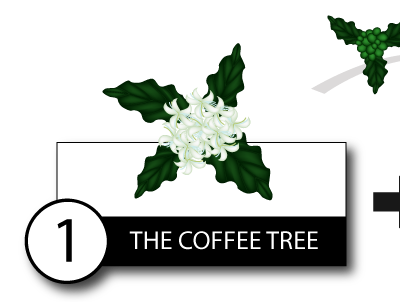


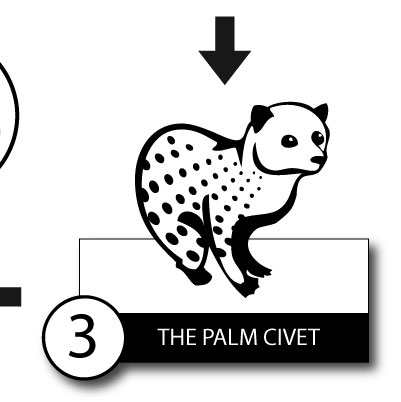
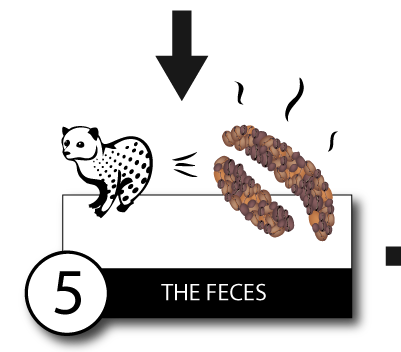
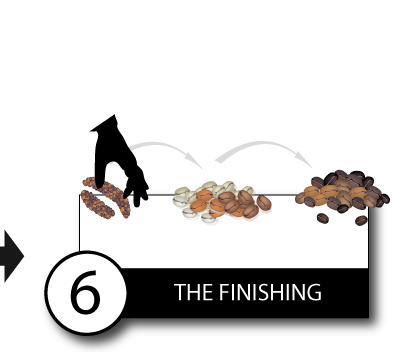
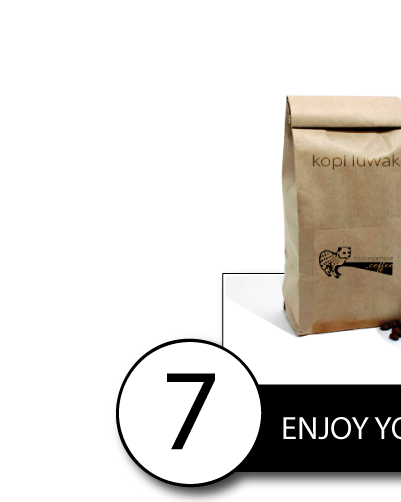

Leave a Reply